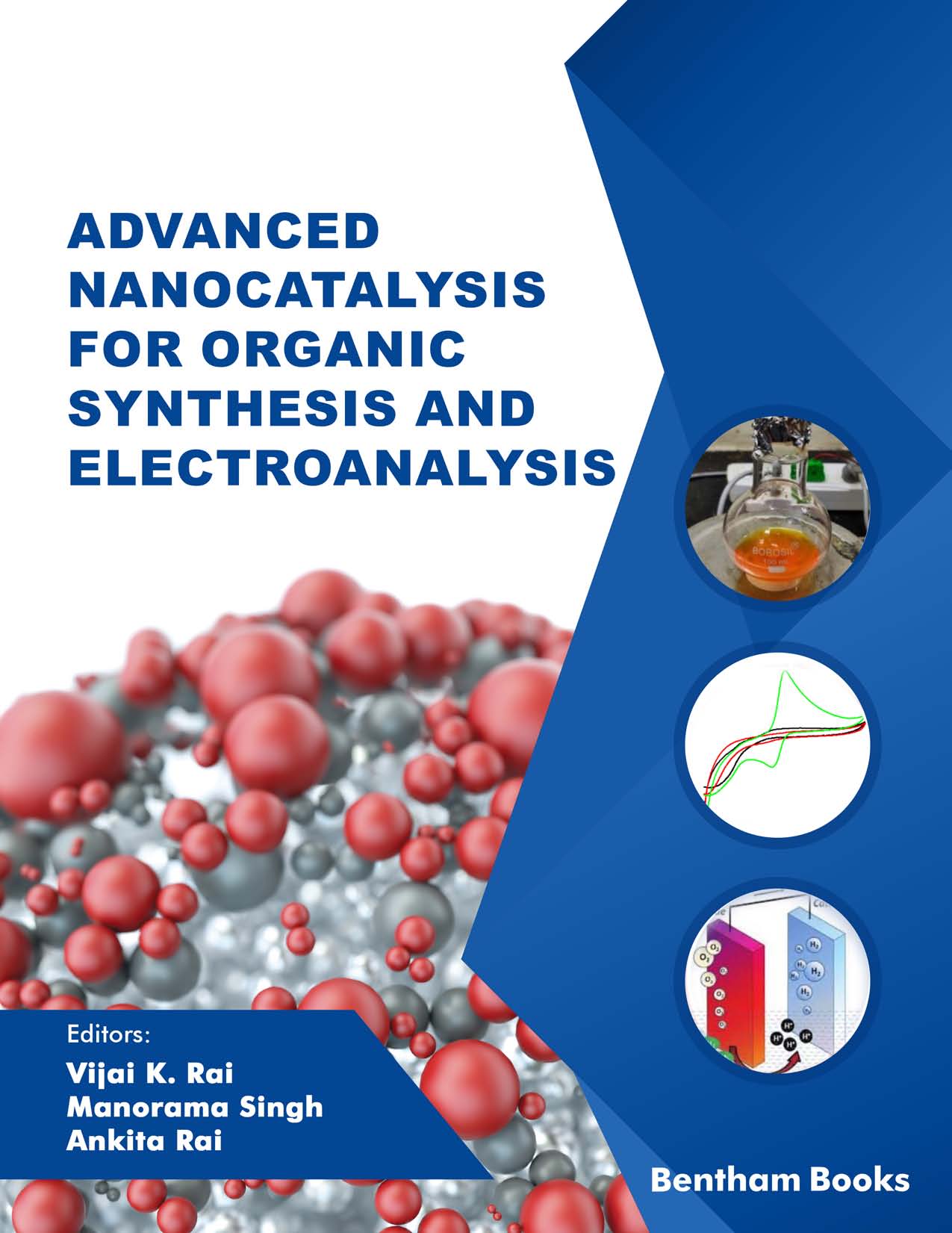Introduction
This technical reference covers information about modern nanocatalysts and their applications in organic syntheses, electrochemistry and nanotechnology. The objective of this book is to present a review of the development of nanocatalysts in the fields of organic synthesis and electroanalysis over the last few decades. It provides readers comprehensive, systematic and updated information about the relevant topics. The reader is introduced to nanocatalysts, with the following chapters delving into the different chemical reactions in which they are involved. The topics covered include: carbon-carbon coupling reactions, aryl and organic carbon hetero atom coupling reactions, oxidation-reduction reactions, photocatalysis, heterocyclic reactions and multicomponent catalysis. The concluding chapters cover applications of nanocatalysts in electrochemical synthesis and sensing. The thirteen chapters demonstrate the value of a variety of catalysts that are important in chemical engineering processes.
Advanced Nanocatalysis for Organic Synthesis and Electroanalysis delivers a quick and accessible reference on advanced nanocatalysis for a broad range of readers which includes graduate, postgraduate and Ph. D. students of chemical engineering as well as faculty members, research and development (R&D) personnel working in the industrial chemistry sector.
Audience: Graduate, postgraduate and Ph. D. students of chemical engineering as well as faculty members, research and development (R&D) personnel working in the industrial chemistry sector.

